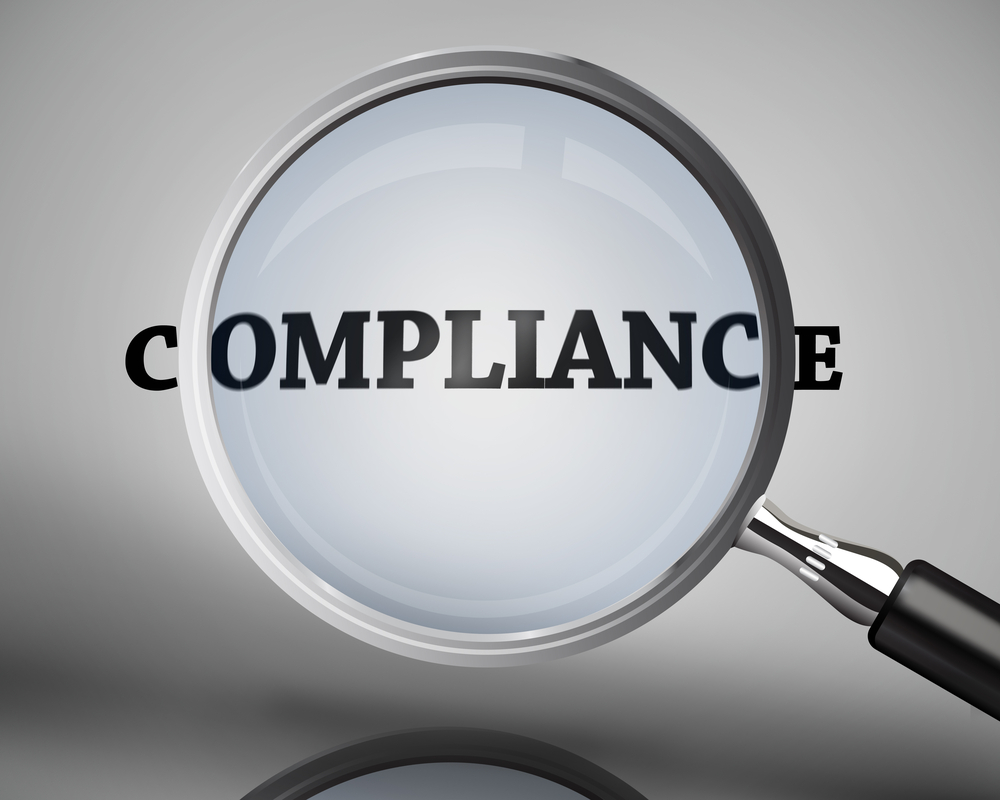
While both business owners and employees are eager to return to work after the COVID-19 shutdown, the virus has created a new safety hazard that every workplace must address. As a supplement to the Guidance for Preparing Workplaces for COVID-19 publication, OSHA has issued Guidance on Returning to Work. This new publication outlines nine guiding principles for a safer workplace and offers examples of how to implement them.
Conduct a Hazard Assessment
Employers should assess all positions and determine which employees are most at risk of contracting the virus due to interaction with the public or co-workers. OSHA offers risk classification guidelines that puts remote workers and isolated industrial employees, for example, in the Low Risk category, while healthcare workers and lab personnel are at Very High Risk.
Focus on Hygiene
From the beginning of the outbreak, regular hand washing and sanitizing with a sanitizer containing at least 60 percent alcohol have been recommended. This is as important as ever. Identify high-traffic areas, such as doorknobs and other frequently-touched surfaces; these should be disinfected frequently. The EPA keeps a list of Disinfectants for Use Against SARS-CoV-2 (COVID-19).
Maintain Social Distance
This may be as simple as putting more space between work stations. When that isn't possible, consider erecting barriers between employees and discourage the sharing of equipment. Some businesses stagger shifts and limit the number of customers in the store at a time to reduce potential contact with others. Put marks on the ground to help people maintain six feet of distance and hang posters as reminders.
Identify Sick Employees
You are permitted to conduct temperature checks and basic screenings when employees enter the workplace, as long as every employee is treated the same way. Sick workers should stay home.
While OSHA does not require you to inform other employees about a co-worker who has tested positive for COVID-19, the CDC Guidance for Businesses recommends telling people they may have been exposed while protecting the privacy of the sick employee. The Equal Employment Opportunity Commission offers thorough guidelines on COVID-19 and confidentiality, hiring in the age of the virus, and other EEO laws and considerations.
Create a Safe Return to Work After Illness
OSHA recommends following CDC guidelines on when it's appropriate to return to work after self-isolation or self-quarantine.
Implement Controls
There are four primary types of controls you can use to create a safer workplace:
- Engineering: This is about reducing the exposure to hazards via physical changes to the workplace. It may include installing air filters and increasing ventilation, installing a drive-through customer service window, or installing physical barriers between people.
- Administrative: This includes changes in policies and procedures, such extending sick pay to encourage workers to stay home when sick, using virtual instead of face-to-face meetings, and offering up-to-date COVID-19 information and education.
- Safe Work Practices: As a type of administrative control, this includes providing access to hand sanitizer and touch-free waste bins and encouraging regular hand washing.
- PPE: Though not as effective as engineering and administrative controls, PPE like gloves, face shields, goggles, and respiratory protection can be used as a supplement to other controls. While cloth face coverings are recommended (and in some places, required in public), a cloth mask is not considered to be PPE.
Offer Workplace Flexibility
If possible, allow employees to work from home.
Offer Training
Employees should be educated about symptoms and risk factors for COVID-19, as well as what the business is doing to create the safest possible environment. OSHA requires training for the proper use of PPE. While in-person group training experiences would not be recommended right now, you can consider e-learning so your employees can get up-to-speed from the safety of home.
Enforce Anti-Retaliation
No employee should be retaliated against for protecting his or her own health. OSHA ensures the right to a safe workplace.
Keep in mind that COVID-19 guidelines in no way displace other OSHA regulations, all of which remain in effect. OSHA does understand the difficulty involved with maintaining certain protocols involving training or auditing, for example, while adhering to COVID-19 guidelines, and they regularly issue clarification and updates when necessary.
Contact us to learn more about our full line of EHS and e-learning software solutions.

